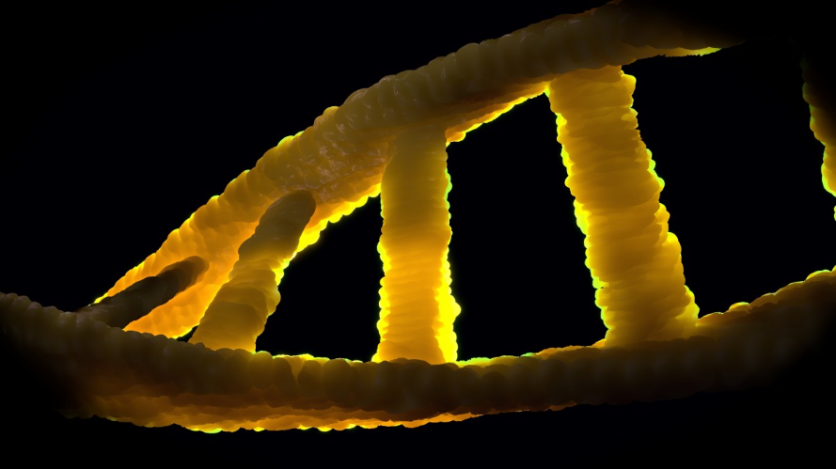
The deadly coronavirus now confirmed to have two strains, which would make it harder for medical experts to contain the spread and find the cure. The virus is evolving, and experts say it's a normal occurrence that viruses' do when transferring from animals to humans.
70% of the infected have caught the more aggressive and communicable strain, which quickly spreads to one host to another as the studies have shown.
Type L and Type S Strains
Type L strains that make up for 70% of the infected patients are the most lethal, aggressive, and contagious types. If you have this strain, you will be highly contagious to others, and the symptoms will immediately show, and medical assistance is required ASAP.
Type S strains that make up the remaining 30% of the infected patients are similar to a slow build-up. This means that it will take more time for the symptoms to show and will less likely be detected even by devices built to detect and deter the spread of the deadly virus.
Possible Reason as to the Rapid Spread of the Virus
Type L strains are becoming less prevalent now and seem to be waining off compared to its sister strain due to "human intervention." It is safe to say that human intervention is quickly isolating, treating, and warding off the infected, which deterred the spread of the coronavirus Type L strain.
If Type S infected to take a longer time to show symptoms but are still contagious, than it is safe to say that they are the ones spreading the sickness without the health authorities knowing it as well due to the discreetness of the disease. Type S infected end up infecting more and more people until they too show signs of having the virus and thus transported to quarantine or hospitals for treatment.
The problem now is with the Type S infected, how many people have they came across and have had physical contact or indirect contact with before they were diagnosed. That question alone is disturbingly high enough for you even to take a guess.
Two Strains Confirmed, Possible More on The Way
As the research team only were able to study 103 samples, there are still any more combinations that can lead to more breakthroughs to help the fight of the sickness. The worst thing that could happen is they will find out more strains of the virus since it is still evolving right now with no sign of stopping regardless of the full force of the medical professionals and the full weight of multinational government resources.
The Study and The Lead Scientists Discoveries
The team led by Professor Jian Lu and Dr Jie Cui, said in their research paper: 'Whereas the L type was more prevalent in the early stages of the outbreak in Wuhan, the frequency of the L type decreased after early January 2020.
'Human intervention may have placed more severe selective pressure on the L type, which might be more aggressive and spread more quickly.
'On the other hand, the S type, which is evolutionarily older and less aggressive, might have increased in relative frequency due to relatively weaker selective pressure.'
Number of Cases Worldwide as of the time of writing are 95,079 cases worldwide, 3,249 deaths, and 51,432 recoveries updated in realtime.
ⓒ 2026 TECHTIMES.com All rights reserved. Do not reproduce without permission.




